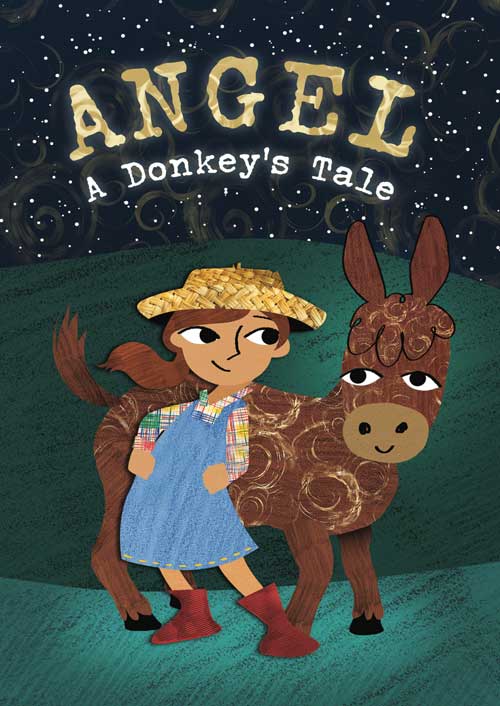-
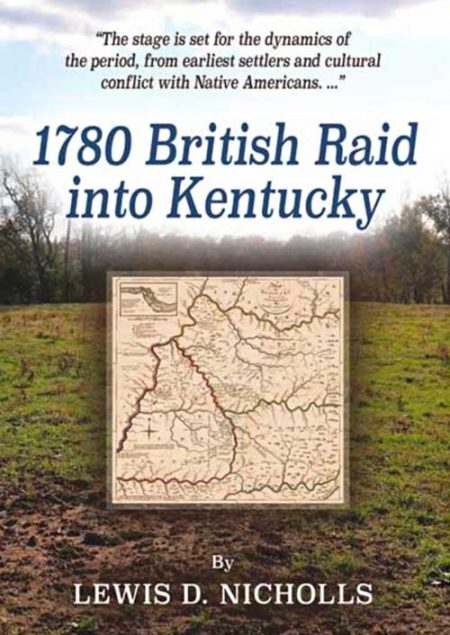 In 1780, the British launched a raid into Kentucky led by Captain Henry Bird to assist the Native Americans to reclaim their hunting grounds from white settlers. The raid targeted Kentucky's Ruddell's Fort and Martin's Station and captured approximately 350 white settlers comprised of men, women, and children. On June 26, 1780, the British and Native Americans marched the captives to Detroit on a 50-day march under brutal conditions, killing several of them along the way. The British marched 129 of these settlers, who were eventually released after the war of escaped. The remaining settlers held by the Native Americans were sold into slavery, adopted into a tribe, sold or eventually released. SOFTBACK VERSION Lewis D. Nicholls
In 1780, the British launched a raid into Kentucky led by Captain Henry Bird to assist the Native Americans to reclaim their hunting grounds from white settlers. The raid targeted Kentucky's Ruddell's Fort and Martin's Station and captured approximately 350 white settlers comprised of men, women, and children. On June 26, 1780, the British and Native Americans marched the captives to Detroit on a 50-day march under brutal conditions, killing several of them along the way. The British marched 129 of these settlers, who were eventually released after the war of escaped. The remaining settlers held by the Native Americans were sold into slavery, adopted into a tribe, sold or eventually released. SOFTBACK VERSION Lewis D. Nicholls -
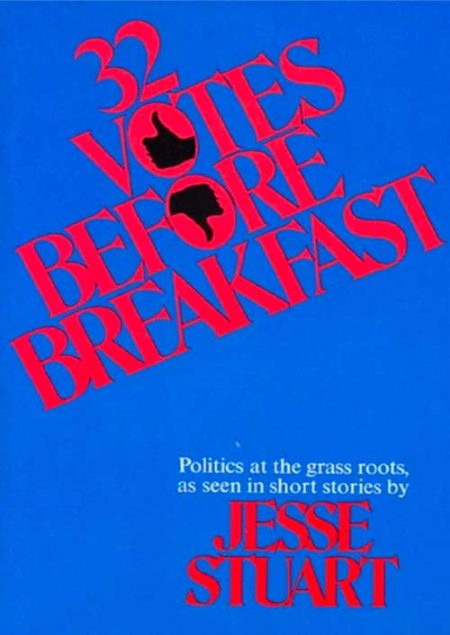 In twenty not-so-tall tales about rural politics in the South in rougher and tougher days, Jesse Stuart reminds us afresh that there's nothing new about political skull-duggery. The fact that he puts such labels as the Little Party and the Big Party or the Greenoughs and the Dinwiddies on the candidates doesn't mean they aren't the same old Republicans and Democrats you know so well-the wonderful folks who put Watergate on your TV screen. HARDBACK By Jesse Stuart
In twenty not-so-tall tales about rural politics in the South in rougher and tougher days, Jesse Stuart reminds us afresh that there's nothing new about political skull-duggery. The fact that he puts such labels as the Little Party and the Big Party or the Greenoughs and the Dinwiddies on the candidates doesn't mean they aren't the same old Republicans and Democrats you know so well-the wonderful folks who put Watergate on your TV screen. HARDBACK By Jesse Stuart -
Sale!

8-Book Christmas Package
$75.00 Sale Price ($125.00 Retail)
I’ll Be Home for Christmas, by The Library of Congress True Christmas Stories From the Heart of Appalachia, compilation published by JSF in 2019 Appalachian Christmas Stories, JSF published Snow Day, by Billy Coffey The Christmas Quilt, by Thomas J. Davis The Beatinest Boy, by Jesse Stuart Missing Christmas, by Jack D. Ellis Christmas Day in the Morning, by Pearl S. Buck, illustrated by Mark Buehner -
Out of stock
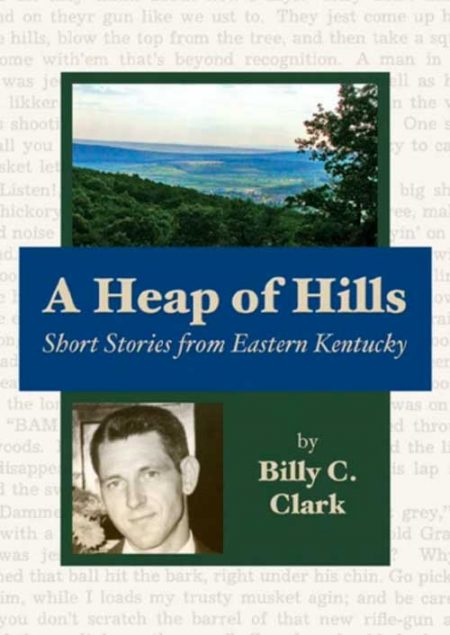 SOFTBACK By Billy C. Clark
SOFTBACK By Billy C. Clark -
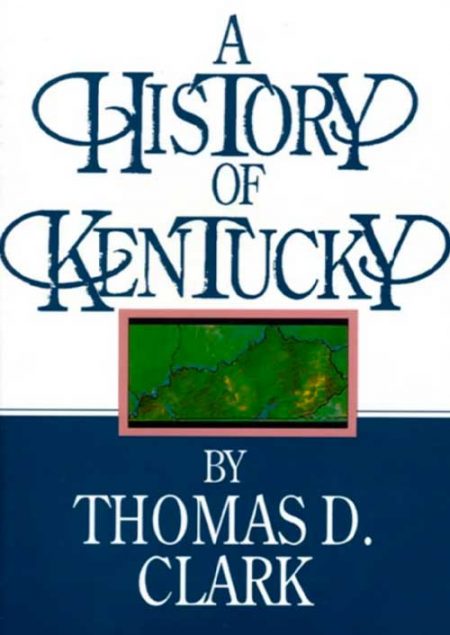 Kentucky’s history is an important part of American development because the state lay directly in the path of the great westward movement. It was in Kentucky that the early adjustments to the rigors of frontier life were made. Along the Kentucky River, Daniel Boone and a small band of settlers repulsed British and Indian thrusts to guard the back door of the struggling young nation during the Revolution. Under George Rogers Clark, the Kentuckians even carried the fight to British and Indian concentrations along the Ohio. HARDBACK By Thomas D. Clark
Kentucky’s history is an important part of American development because the state lay directly in the path of the great westward movement. It was in Kentucky that the early adjustments to the rigors of frontier life were made. Along the Kentucky River, Daniel Boone and a small band of settlers repulsed British and Indian thrusts to guard the back door of the struggling young nation during the Revolution. Under George Rogers Clark, the Kentuckians even carried the fight to British and Indian concentrations along the Ohio. HARDBACK By Thomas D. Clark -
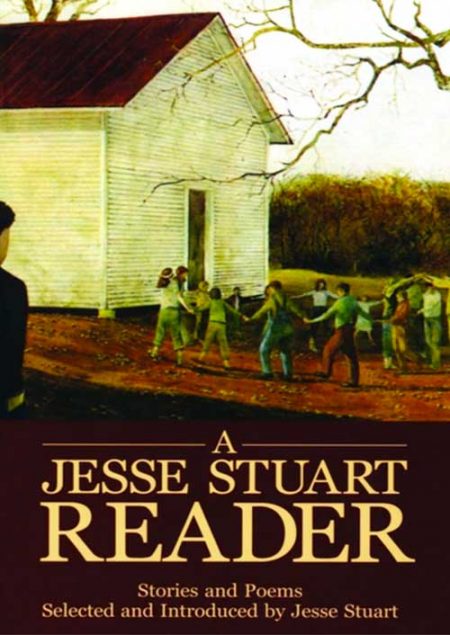 Junior High and High School teachers who wish to introduce their students to Jesse Stuart have a unique teaching tool available in A Jesse Stuart Reader. This 352-page book was designed as a classroom text, and consists of eighteen stories, twenty-six poems, and excerpts from three autobiographical books — God’s Oddling, The Thread That Runs So True, and The Year of My Rebirth. An additional study and teaching aid is Ella DeMer’s 31-page “Commentary and Study Questions” section at the end of the book. Schools ordering 30 or more copies may purchase the book at $9 per copy, a 40% discount. Although most classroom sets are purchased for grades 7-12, this book is effective at the collegiate level, too. Please contact the JSF directly to take advantage of bulk discounts. SOFTBACK By Jesse Stuart
Junior High and High School teachers who wish to introduce their students to Jesse Stuart have a unique teaching tool available in A Jesse Stuart Reader. This 352-page book was designed as a classroom text, and consists of eighteen stories, twenty-six poems, and excerpts from three autobiographical books — God’s Oddling, The Thread That Runs So True, and The Year of My Rebirth. An additional study and teaching aid is Ella DeMer’s 31-page “Commentary and Study Questions” section at the end of the book. Schools ordering 30 or more copies may purchase the book at $9 per copy, a 40% discount. Although most classroom sets are purchased for grades 7-12, this book is effective at the collegiate level, too. Please contact the JSF directly to take advantage of bulk discounts. SOFTBACK By Jesse Stuart -
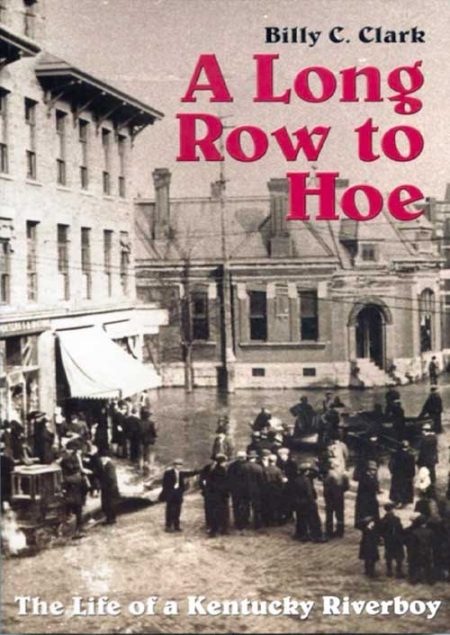 Boston University, the site of the world’s finest repository of 20th Century literature, praises Billy C. Clark as “one of the South’s most distinguished writers.” In this fascinating and highly readable book, Clark, founder and editor of Virginia Writing, writes of his own astonishingly primitive childhood in an Appalachian river town, Catlettsburg, Kentucky, at the junction of the Big Sandy and the Ohio Rivers. Billy C. Clark was a member of a sprawling, ragged family. His father was an intelligent, fiddle-playing shoemaker with little formal education. His mother often took in washing to help provide food for the family. Billy grew up in a derelict house, “The Leaning Tower,” on the banks of the Ohio. Always hungry, often dirty, and without sufficient clothing, he led an adventurous life on the two rivers, swimming, fishing, and salvaging flotsam from the frequent floods. He set trout lines for fish and trap lines for mink and muskrats, and he walked fourteen miles before school to clear his traps. He learned laughter from his magnificent mother and wisdom from his father, who taught him that “poor folks have a long row to hoe….” Billy was the only one of his family to seek an education, and through his traps, his river salvage, and odd jobs, he earned money to put himself through school. The book ends with a powerful account of his parents’ pride at his graduation. Time Magazine said that this book is “as authentically American as Huckleberry Finn.” It is a touching account of a boy and two rivers. It is a must for public and school libraries, or anyone interested in Appalachian history or literature. By Billy C. Clark
Boston University, the site of the world’s finest repository of 20th Century literature, praises Billy C. Clark as “one of the South’s most distinguished writers.” In this fascinating and highly readable book, Clark, founder and editor of Virginia Writing, writes of his own astonishingly primitive childhood in an Appalachian river town, Catlettsburg, Kentucky, at the junction of the Big Sandy and the Ohio Rivers. Billy C. Clark was a member of a sprawling, ragged family. His father was an intelligent, fiddle-playing shoemaker with little formal education. His mother often took in washing to help provide food for the family. Billy grew up in a derelict house, “The Leaning Tower,” on the banks of the Ohio. Always hungry, often dirty, and without sufficient clothing, he led an adventurous life on the two rivers, swimming, fishing, and salvaging flotsam from the frequent floods. He set trout lines for fish and trap lines for mink and muskrats, and he walked fourteen miles before school to clear his traps. He learned laughter from his magnificent mother and wisdom from his father, who taught him that “poor folks have a long row to hoe….” Billy was the only one of his family to seek an education, and through his traps, his river salvage, and odd jobs, he earned money to put himself through school. The book ends with a powerful account of his parents’ pride at his graduation. Time Magazine said that this book is “as authentically American as Huckleberry Finn.” It is a touching account of a boy and two rivers. It is a must for public and school libraries, or anyone interested in Appalachian history or literature. By Billy C. Clark -
 Though there are many biographies of the great Shawnee chief Tecumseh (1768-1813), this effort by historical novelist Allan W. Eckert may spark new interest — and controversy — with its "hidden dialogue" technique. After more than 25 years of research, the author felt free to recreate Tecumseh's conversations and thoughts in what proves to be an entertaining blend of fact and fiction. The orator and organizer's life was shaped by his tribe's tragic confrontation with westward-moving whites, who encroached on Native American lands along the Ohio River valley. His long struggle against this dispossession led Tecumseh to create a historic confederacy of tribes, but this crowning achievement was destroyed by his own brother at Tippecanoe in 1811. SOFTCOVER By Allan Eckert
Though there are many biographies of the great Shawnee chief Tecumseh (1768-1813), this effort by historical novelist Allan W. Eckert may spark new interest — and controversy — with its "hidden dialogue" technique. After more than 25 years of research, the author felt free to recreate Tecumseh's conversations and thoughts in what proves to be an entertaining blend of fact and fiction. The orator and organizer's life was shaped by his tribe's tragic confrontation with westward-moving whites, who encroached on Native American lands along the Ohio River valley. His long struggle against this dispossession led Tecumseh to create a historic confederacy of tribes, but this crowning achievement was destroyed by his own brother at Tippecanoe in 1811. SOFTCOVER By Allan Eckert -
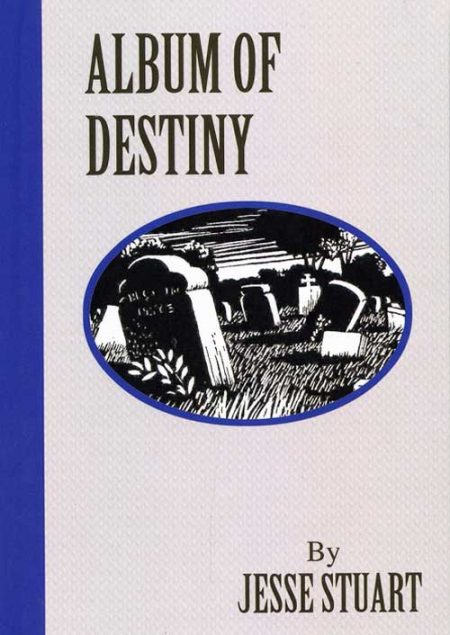 Jesse Stuart labored eleven years over Album of Destiny. The idea for this work came to him in 1932 as he idly turned through the pages of an old family album which contained pictures of his youthful mother and father, posing before apple trees in bloom. Later pictures showed them worn and aged, and Stuart thought how he who was now young and in the vigor of his life must complete the same cycle that his parents had gone through. He began to write poetry for this volume in the 1930s. Before he was through he had written two thousand poems. HARDBACK, LIMITED EDITION By Jesse Stuart
Jesse Stuart labored eleven years over Album of Destiny. The idea for this work came to him in 1932 as he idly turned through the pages of an old family album which contained pictures of his youthful mother and father, posing before apple trees in bloom. Later pictures showed them worn and aged, and Stuart thought how he who was now young and in the vigor of his life must complete the same cycle that his parents had gone through. He began to write poetry for this volume in the 1930s. Before he was through he had written two thousand poems. HARDBACK, LIMITED EDITION By Jesse Stuart -
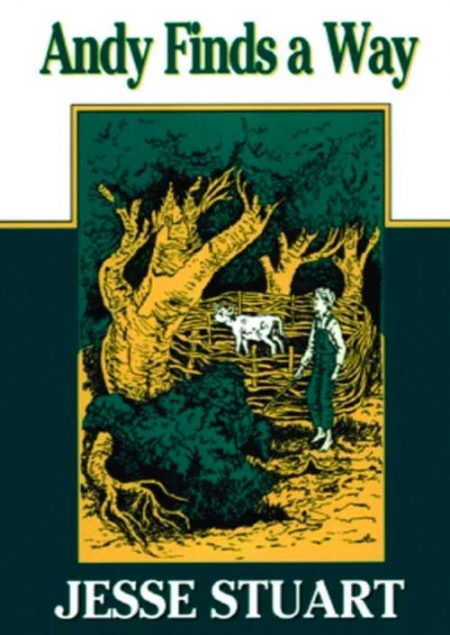 Jesse Stuart Junior Book Even though he lived on a farm and had had a number of pet animals, Andy Scott had never been able to keep a pet very long. Then Gypsy, the family cow, had a calf. Andy called him Soddy, because he was the color of the plowed clay ground. He hoped to keep the calf as a pet. Andy's father told him Soddy would have to be sold for veal, but Andy was determined to save his new friend and playmate. Filled with love for the calf, yet knowing his parents needed the money, Andy thought of a plan to suit everyone. SOFTBACK By Jesse Stuart
Jesse Stuart Junior Book Even though he lived on a farm and had had a number of pet animals, Andy Scott had never been able to keep a pet very long. Then Gypsy, the family cow, had a calf. Andy called him Soddy, because he was the color of the plowed clay ground. He hoped to keep the calf as a pet. Andy's father told him Soddy would have to be sold for veal, but Andy was determined to save his new friend and playmate. Filled with love for the calf, yet knowing his parents needed the money, Andy thought of a plan to suit everyone. SOFTBACK By Jesse Stuart -
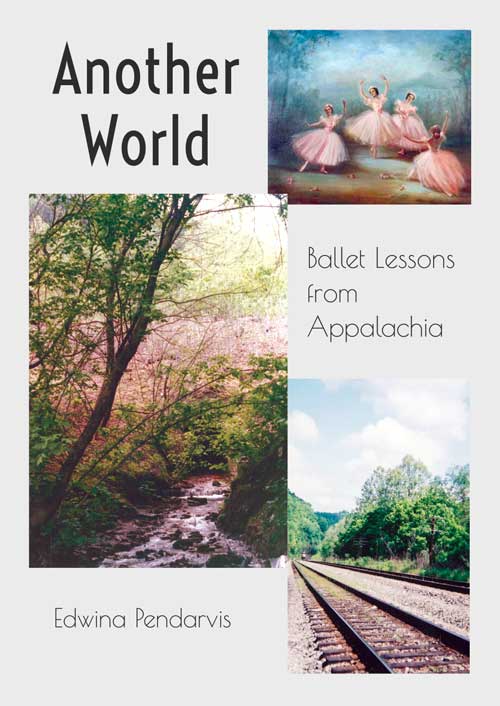 This boundary-crossing book views ballet through the eyes of 24 Appalachian women who began their ballet lessons in childhood. Combining research in dance with analysis of interviews with the women, the work highlights what ballet meant to girls who sought a more magical world than the one they occupied. Keen in insight and colorful in detail, the narrative includes experiences of renowned dancers, past and present—Maria Tallchief, Misty Copeland, and Wendy Whelan among others. Surprising notables, world heavyweight champion, Muhammad Ali, born in Louisville, Kentucky, and Olympic gold medalist in gymnastics, Mary Lou Retton, from Fairmont, West Virginia, make cameo appearances in the narrative too. An engaging story of why ballet was meaningful to girls from the hills and hollows of central Appalachia, Another World: Ballet Lessons from Appalachia recognizes vital intersections—children and their families, students and their teachers, local and global communities—in the development of talent. SOFTBACK VERSION By Edwina Pendarvis
This boundary-crossing book views ballet through the eyes of 24 Appalachian women who began their ballet lessons in childhood. Combining research in dance with analysis of interviews with the women, the work highlights what ballet meant to girls who sought a more magical world than the one they occupied. Keen in insight and colorful in detail, the narrative includes experiences of renowned dancers, past and present—Maria Tallchief, Misty Copeland, and Wendy Whelan among others. Surprising notables, world heavyweight champion, Muhammad Ali, born in Louisville, Kentucky, and Olympic gold medalist in gymnastics, Mary Lou Retton, from Fairmont, West Virginia, make cameo appearances in the narrative too. An engaging story of why ballet was meaningful to girls from the hills and hollows of central Appalachia, Another World: Ballet Lessons from Appalachia recognizes vital intersections—children and their families, students and their teachers, local and global communities—in the development of talent. SOFTBACK VERSION By Edwina Pendarvis


